Pocket-size cameras are an invention that lets you capture every moment instantly. From ordinary folks to professionals, the appeal of these devices has touched many lives. However, with high-quality cellphone cameras, the need for a digital camera has lessened. But novelty remains, as current cameras offer many features like white balance and sharpening locked-in.
Canon’s new G series PowerShot G10 is the latest thing among digital camera lovers. They work as the perfect option against DSLRs if you want something handy. The great quality of images captured through it marks it as the godfather of compact cameras.
It feels just like a serious camera without being as intimidating or complex as one. But there are plenty of other products on the market that give it tough competition.
So here are a few great alternatives to consider against Canon PowerShot G10.
Canon Power Shot G10 vs. Canon Power Shot G11
The G10 and G11 both belong to Canon’s PowerShot G series, yet they are both distinctly different. For one, the Canon Powershot G10’s 14 megapixels were reduced to 10 megapixels in the latest model. The reason behind this change was the image noise of G10, which is at ISO 400. Most photographers prefer fewer and larger photosites that the G11 offers.
| Specifications | Canon PowerShot G10 | Canon PowerShot G11 |
| Weight | 350 g | 355 g |
| Sensor Resolution | 14.7 Megapixel | 10.0 Megapixel |
| Image Processor | DIGIC 4 | DIGIC 4 |
| Lens Type | Zoom lens – 5x zoom – 6.1 – 30.5 mm – f/2.8-4.5 | Zoom lens – 5x zoom – 6.1 – 30.5 mm – f/2.8-4.5 |
| Lens Feature | Built-in lens shield, aspherical lens | Built-in lens shield, aspherical lens |
| Display Type | 3″ LCD display | 2.8″ LCD display |
| Self Timer Delay | 10 sec, 2sec | 10 sec, 2sec |
| Continuous Shooting Speed | 1.3 frames per second,
0.7 frames per second |
0.8 frames per second,
0.7 frames per second, 1.1 frames per second |
| Accessories | Battery charger, USB cable, neck strap, audio/video cable | Battery charger, USB cable, audio/video cable, neck strap, |
| Camera Flash | Built-in flash | Built-in flash |
Some other differences might make Canon PowerShot G11 preferable. Its body is slightly smaller in length but offers a vari-angle LCD screen. The dynamic range of the photos taken with the G11 is also 4 times superior to the G10. So, Canon’s G11 compares quite well to the original G10 in performance as well as features.
Canon PowerShot G10 Vs. Nikon Coolpix P7800
Nikon and Canon are natural rivals when it comes to cameras. And they have comparable products with little differences that make each set different. But considering their weight and height, the Nikon Coolpix P7800 and the G10 are quite similar. And they both offer optical image stabilizers with a sensor size of 1/1.7″.
| Specifications | Canon PowerShot G10 | Nikon Coolpix P7800 |
| Weight | 350 g | 399 g |
| Sensor Resolution | 14.7 Megapixel | 12.2 Megapixel |
| Image Processor | DIGIC 4 | EXPEED C2 |
| Lens Type | Zoom lens – 5x zoom – 6.1 – 30.5 mm – f/2.8-4.5 | Zoom lens – 7.1x zoom – 6 – 42.8 mm – f/2.0-4.0 |
| Lens Feature | Built-in lens shield, aspherical lens | ED glass, VR (Vibration Reduction)
built-in neutral density filter |
| Display Type | 3″ LCD display | 3″ LCD display |
| Self Timer Delay | 10 sec, 2sec | 10 sec, 2sec, 1sec |
| Continuous Shooting Speed | 1.3 frames per second,
0.7 frames per second |
1 frame per second,
4 frames per second for 6 frames (5MP), 60 frames per second, 120 frames per second, 8 frames per second for 6 frames |
| Accessories | Battery charger, audio/video cable, neck strap, USB cable | Carrying strap, lens cap, battery charger, carrying case, USB cable |
| Camera Flash | Built-in flash | Pop-up flash |
However, some of the main differences lie in their lenses. The Coolpix P7800 has a lens constructed of 10 groups and 13 elements and has a macro focus range of 2cm. Its viewfinder is also a built-in-electronic instead of G10’s Optical – real-image zoom.
Canon Power Shot G10 vs. Sony Cyber-Shot Dsc-Hx1
Sony is another popular brand when it comes to cameras and has products that perform quite well. But while comparing Canon’s G10 to Sony’s Cyber-shot DSC-HX1 and Nikon’s Coolpix P7800, we see that they’re fundamentally different. Both Nikon and Sony are Digital cameras that are 1080p compact. But the DAC-HX1 is slightly on the heavier side.
| Specifications | Canon PowerShot G10 | Sony Cyber-shot DSC-HX1 |
| Weight | 350 g | 453 g |
| Sensor Resolution | 14.7 Megapixel | 9.1 Megapixel |
| Image Processor | DIGIC 4 | BIONZ |
| Lens Type | Zoom lens – 5x zoom – 6.1 – 30.5 mm – f/2.8-4.5 | Zoom lens – 20x zoom – 5 – 100 mm – f/2.8-5.2 |
| Lens Feature | Built-in lens shield, aspherical lens | ED glass, aspherical lens |
| Display Type | 3″ LCD display | 3″ LCD display |
| Self Timer Delay | 10 sec, 2sec | 10 sec, 2sec |
| Continuous Shooting Speed | 1.3 frames per second,
0.7 frames per second |
10 frames per second |
| Accessories | Battery Charger, audio/video cable neck strap, USB cable, | Battery charger, lens cap, shoulder strap, USB cable, HDMI adapter, lens cap strap, audio/video cable |
| Camera Flash | Built-in flash | Pop-up flash |
Sony’s Cyber-Shot DSC-HX1 also has a built-in image stabilizer, but its sensor is smaller, only about 1/2.4″. But it has a Blink Detection technology that makes human photography easier. On the other end, G10’s SD card memory slot has the edge over DSC-HX1’s Memory Stick PRO Duo card.
Bottom Line
In this article, we have provided three great alternatives to the Canon PowerShot G10. The G11 is from the same series as the G10, with a few upgrades that make it better. Nikon Coolpix P7800 is another product that is often compared to the G10 as they are equally impressive. But the choice depends on factors like your needs as well as your budget.
All three digital devices perform fine against smartphones at capturing the raw image. With little difference in the configuration and the outer look, choosing any one of these will suit your basic purpose. And if you have any other queries, let us know in the comments.

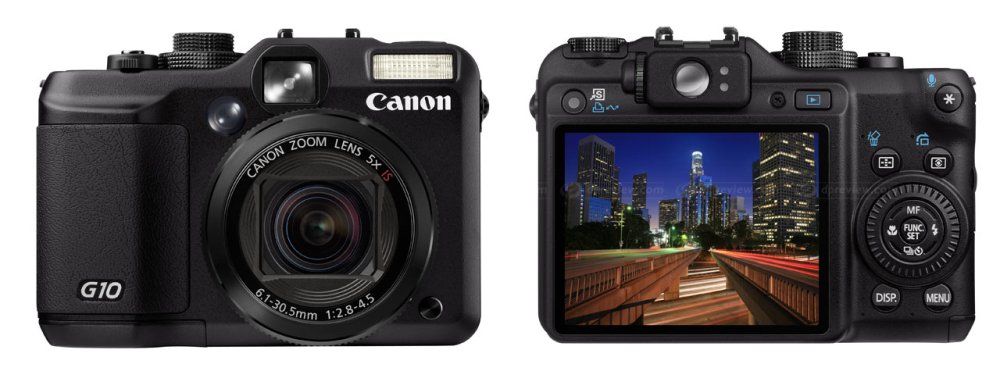
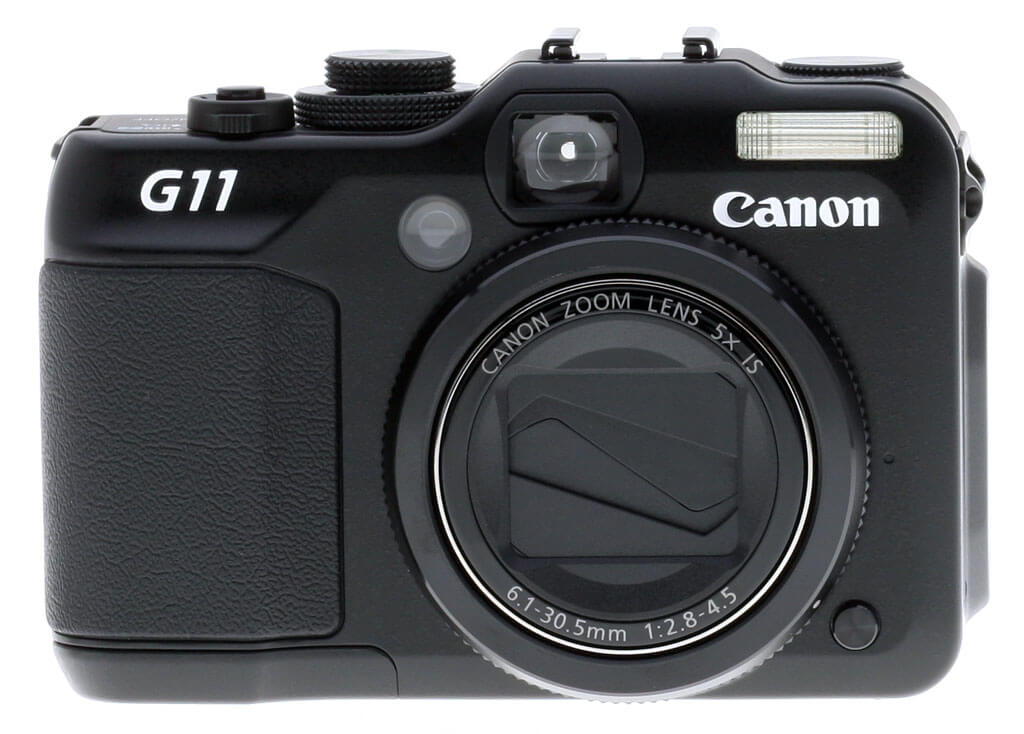
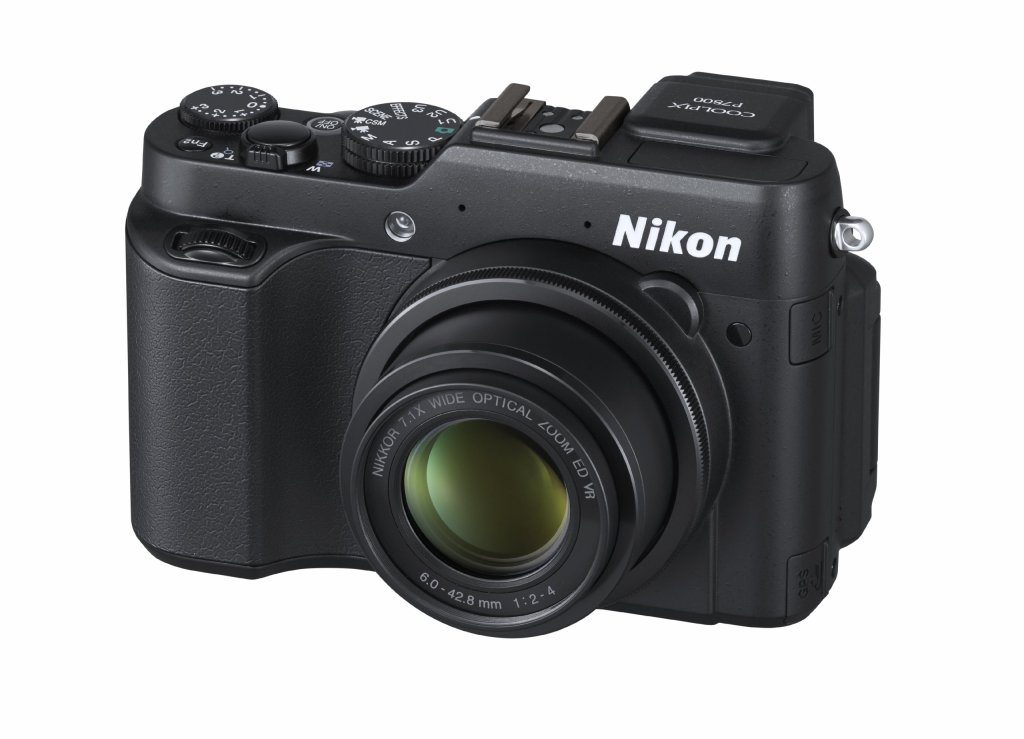
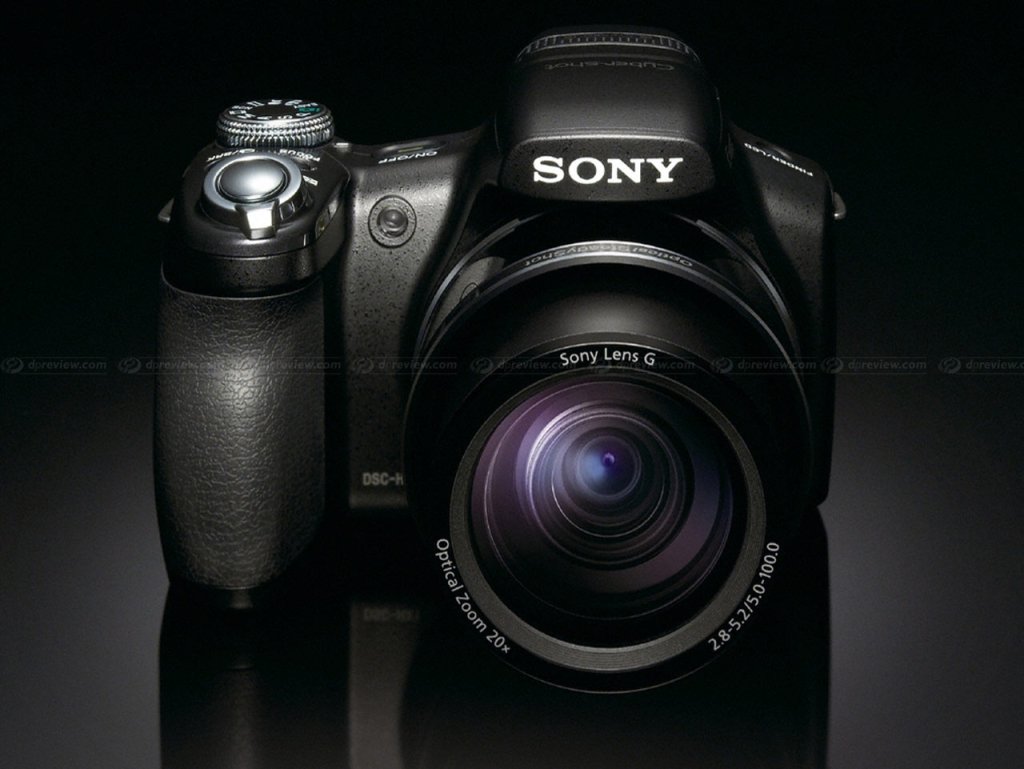
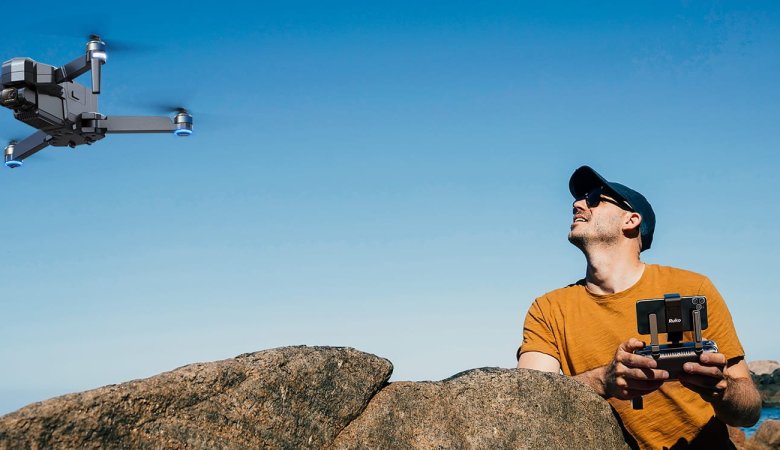
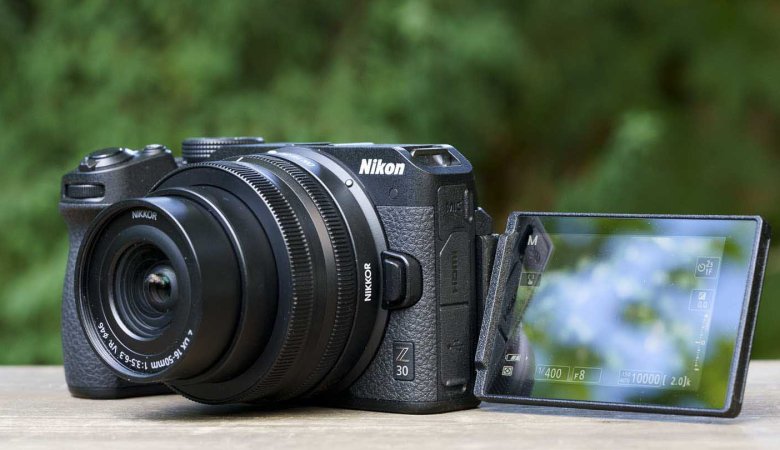


Leave a Reply